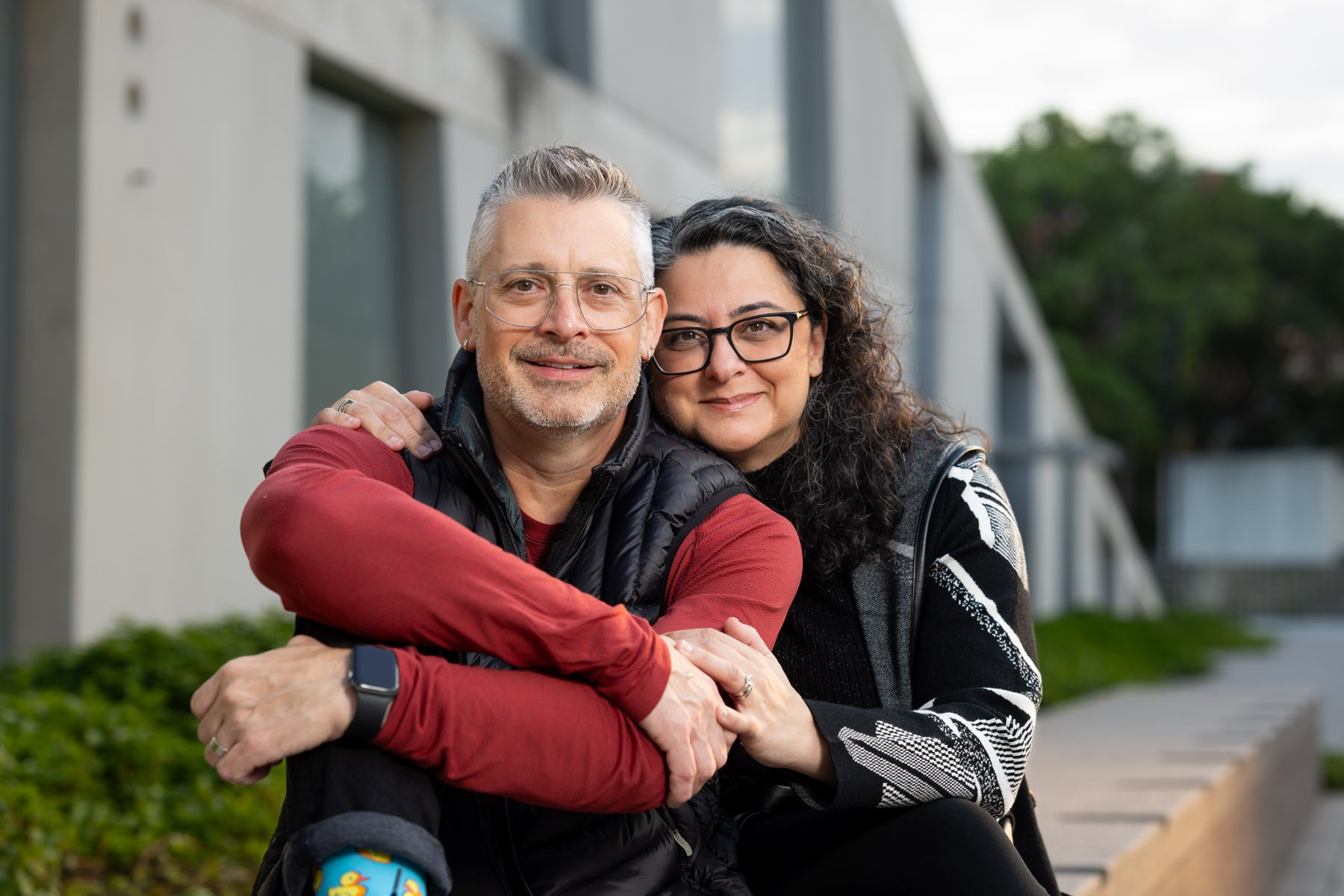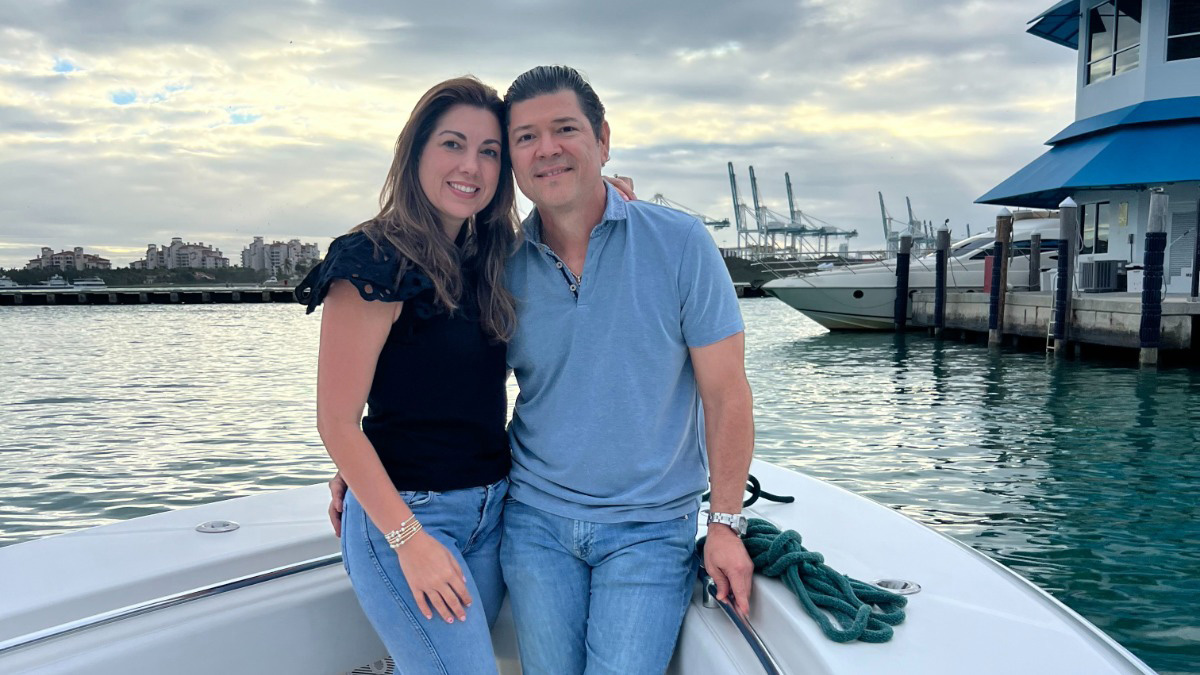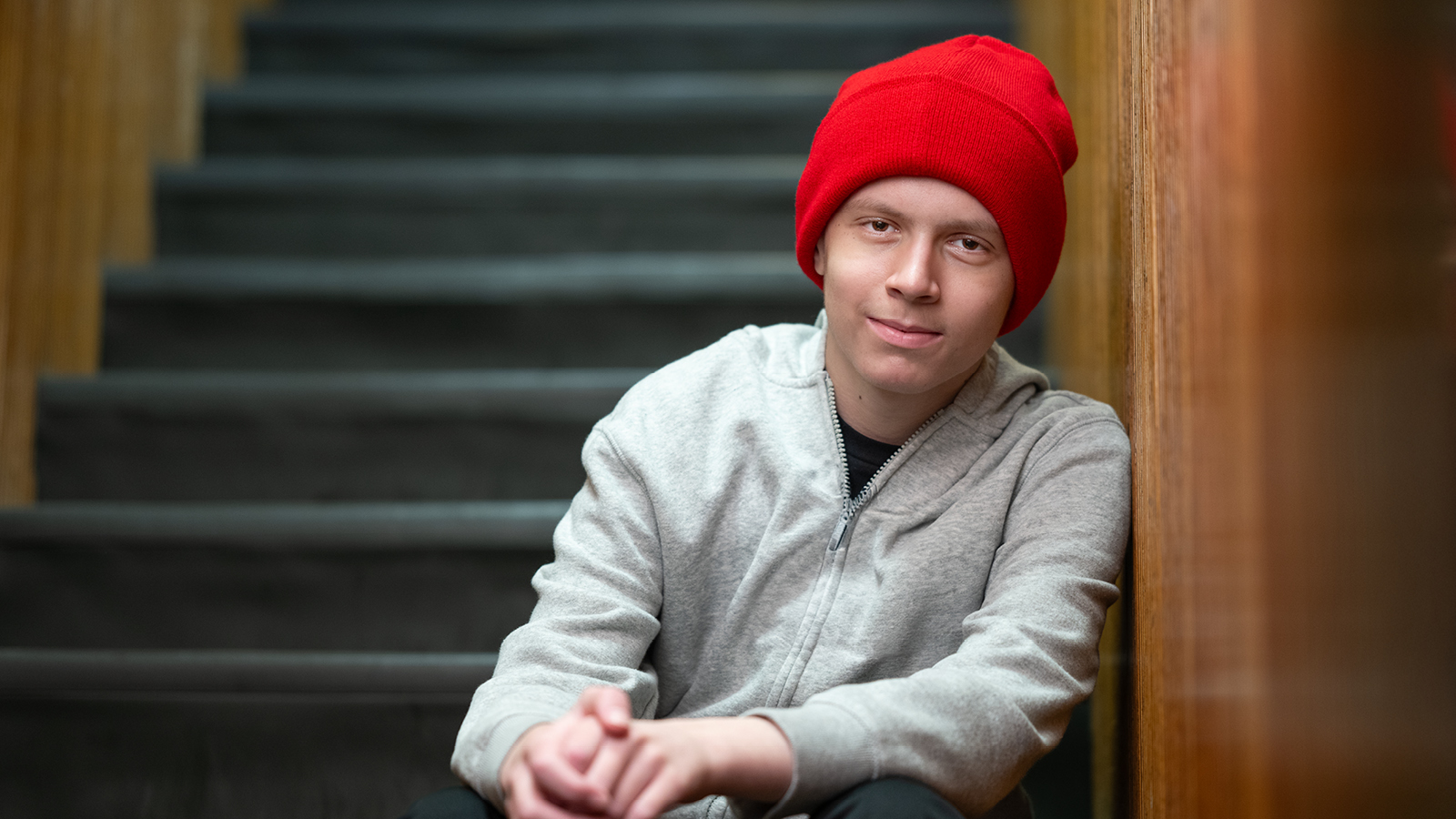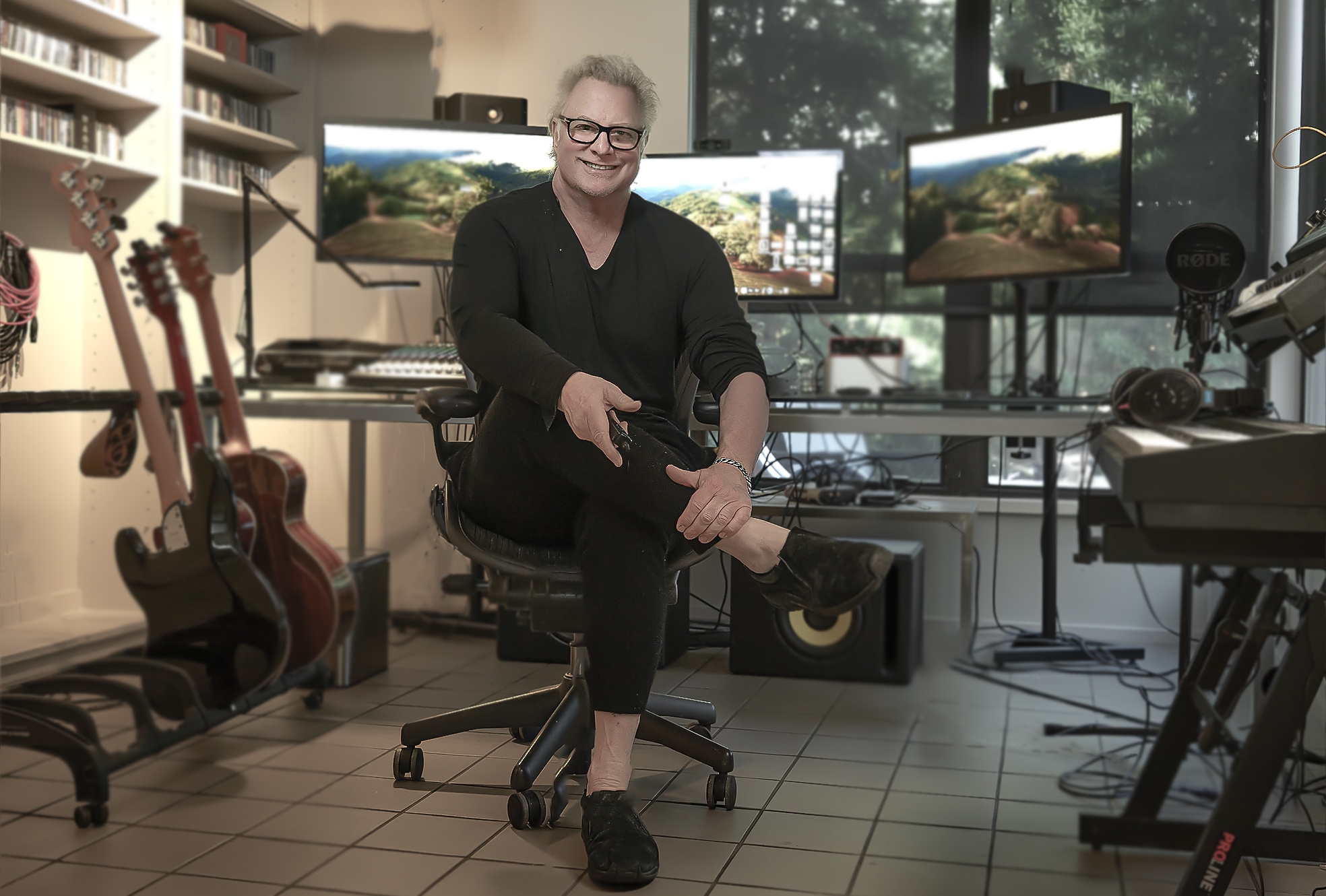- Diseases
- Acoustic Neuroma (14)
- Adrenal Gland Tumor (24)
- Anal Cancer (66)
- Anemia (2)
- Appendix Cancer (16)
- Bile Duct Cancer (28)
- Bladder Cancer (68)
- Brain Metastases (28)
- Brain Tumor (228)
- Breast Cancer (716)
- Breast Implant-Associated Anaplastic Large Cell Lymphoma (2)
- Cancer of Unknown Primary (4)
- Carcinoid Tumor (8)
- Cervical Cancer (154)
- Colon Cancer (164)
- Colorectal Cancer (110)
- Endocrine Tumor (4)
- Esophageal Cancer (42)
- Eye Cancer (36)
- Fallopian Tube Cancer (6)
- Germ Cell Tumor (4)
- Gestational Trophoblastic Disease (2)
- Head and Neck Cancer (6)
- Kidney Cancer (124)
- Leukemia (344)
- Liver Cancer (50)
- Lung Cancer (288)
- Lymphoma (284)
- Mesothelioma (14)
- Metastasis (30)
- Multiple Myeloma (98)
- Myelodysplastic Syndrome (60)
- Myeloproliferative Neoplasm (4)
- Neuroendocrine Tumors (16)
- Oral Cancer (100)
- Ovarian Cancer (170)
- Pancreatic Cancer (166)
- Parathyroid Disease (2)
- Penile Cancer (14)
- Pituitary Tumor (6)
- Prostate Cancer (144)
- Rectal Cancer (58)
- Renal Medullary Carcinoma (6)
- Salivary Gland Cancer (14)
- Sarcoma (236)
- Skin Cancer (294)
- Skull Base Tumors (56)
- Spinal Tumor (12)
- Stomach Cancer (60)
- Testicular Cancer (28)
- Throat Cancer (90)
- Thymoma (6)
- Thyroid Cancer (98)
- Tonsil Cancer (30)
- Uterine Cancer (78)
- Vaginal Cancer (14)
- Vulvar Cancer (18)
- Cancer Topic
- Adolescent and Young Adult Cancer Issues (20)
- Advance Care Planning (10)
- Biostatistics (2)
- Blood Donation (18)
- Bone Health (8)
- COVID-19 (362)
- Cancer Recurrence (120)
- Childhood Cancer Issues (120)
- Clinical Trials (622)
- Complementary Integrative Medicine (24)
- Cytogenetics (2)
- DNA Methylation (4)
- Diagnosis (226)
- Epigenetics (6)
- Fertility (62)
- Follow-up Guidelines (2)
- Health Disparities (14)
- Hereditary Cancer Syndromes (122)
- Immunology (18)
- Li-Fraumeni Syndrome (8)
- Mental Health (118)
- Molecular Diagnostics (8)
- Pain Management (62)
- Palliative Care (8)
- Pathology (10)
- Physical Therapy (18)
- Pregnancy (18)
- Prevention (890)
- Research (388)
- Second Opinion (74)
- Sexuality (16)
- Side Effects (602)
- Sleep Disorders (10)
- Stem Cell Transplantation Cellular Therapy (216)
- Support (404)
- Survivorship (322)
- Symptoms (184)
- Treatment (1768)
Head and neck cancer survivor sings the praises of music therapy
4 minute read | Published April 04, 2022
Medically Reviewed | Last reviewed by an MD Anderson Cancer Center medical professional on April 04, 2022
Arik Mayer had just graduated from high school and was eagerly anticipating his new life as a college student. But during his first year at Idaho State University, he was diagnosed with COVID-19, strep throat, and cancer.
“Instead of enjoying being on campus, I was miserable,” he says.
Arik tested positive for COVID-19 first. Just as he was recovering, strep throat knocked him back down. Antibiotics helped, but an inflamed lymph node in Arik’s neck refused to shrink. When his ear, nose and throat doctor ordered a lymph node biopsy, the results came as a shock. Arik had stage IV nasopharyngeal cancer, a rare type of head and neck cancer. It starts in the nasopharynx – the upper part of the throat behind the nose.
“I was stunned,” Arik says. “I assumed the strep infection caused the swollen lymph node. I never imagined it was cancer.”
Proton therapy for nasopharyngeal cancer
Doctors in Arik’s hometown of Pocatello, Idaho, recommended an advanced form of radiation therapy called proton therapy. Instead of using X-rays like regular radiation treatment, it uses protons to send beams of high energy that target tumors more precisely. Doctors and physicists work together to focus the proton beam on the exact size and shape of the tumor. The beam kills the tumor cells layer by layer, sparing surrounding healthy tissue.
But Arik would have to travel to get proton therapy, since it’s not widely available.
He and his parents began researching options. They learned that MD Anderson not only provides the treatment, but it’s the No. 1 cancer center in the country.
“That gave us tremendous peace of mind,” Arik says. “I made an appointment.”
Settling in at MD Anderson for nasopharyngeal cancer treatment
At MD Anderson, radiation oncologist Brandon Gunn, M.D., planned out Arik’s treatment: seven weeks of proton therapy, five days a week, with each session lasting about 40 minutes. Arik would also undergo chemotherapy, which can make proton therapy treatments more effective. To ensure the best chance of treatment success, it was vital that he never miss an appointment.
“Bring it on,” Arik challenged Gunn. “Let’s crush this cancer.”
He and his grandmother rented an apartment near MD Anderson. They would live there for the next two months while Arik underwent treatment.
Music therapy strikes a chord
As a new patient, Arik was scheduled to visit MD Anderson’s Adolescent and Young Adult Clinic. Specialists there help young patients access services designed just for them. One of those offerings – music therapy – struck a chord with Arik.
“I started playing violin at age 10, then I transitioned to the guitar in high school,” he says. “I enjoy music, so I was thrilled to learn MD Anderson had a music therapist on staff.”
Melissa Sandoval, the Faris Foundation Music Therapist in the Arts in Medicine program at MD Anderson Children’s Cancer Hospital, recalls how shy and reserved Arik was during their first meeting.
“He was vulnerable and dealing with a lot,” she says. “I knew music therapy could help him process and share his feelings.”
Three times a week, she and Arik strummed guitars and talked about “anything and everything.” Every time they met, Arik opened up a little more.
One day, Melissa suggested he write songs about his cancer experience.
“Songwriting can help people release their emotions, empower themselves and connect with one another,” Sandoval says. “My job was to tease out the songs that were already inside Arik.”
Sandoval offered creative ideas for Arik to consider. But, she says, “He had a strong guiding force that dictated how his songs would unfold.”
Within days, he completed his first song, “Trying to Find Myself.” The plaintive ballad portrays Arik’s feelings of losing his identity and control over his life in the face of cancer.
Now his creativity had been unleashed. The songs just kept coming. He wrote five more, which Sandoval compiled into an album titled “An Unsettling Journey.”
Each song’s lyrics and tone correspond with how Arik was feeling at the time. When chemotherapy was taking a toll on his body, his guitar playing and vocals became rigid and rough. As he approached the end of treatment and was preparing to go home, his songs became breezy and celebratory.
“Everything you hear on the album – the singing, the guitar playing, the lyrics and notes – it’s all Arik,” Sandoval says. “I just helped him channel his creative force by getting him to open up about his feelings.”
She urged Arik to share those feelings with his doctors.
“I told him, ‘The words in your songs are important for you to share with your medical team. They need to hear what you’re feeling.”
It worked. Doctors, nurses and social work counselors noticed that Arik had blossomed.
“The music gave him the courage to do that,” Sandoval says.
A new revelation
Today, Arik is preparing to return to college, where he’ll switch his major from computer science to music education with an emphasis in guitar.
“Music therapy was the highlight of my hospital stay,” he says. “I’ve come to realize that I want a career that allows me to share the immense enjoyment I have for making music with others. It’s a kind of give-back opportunity.”
Request an appointment at MD Anderson online or by calling 1-855-644-2651.
Related Cancerwise Stories

Music therapy was the highlight of my hospital stay.
Arik Mayer
Survivor





